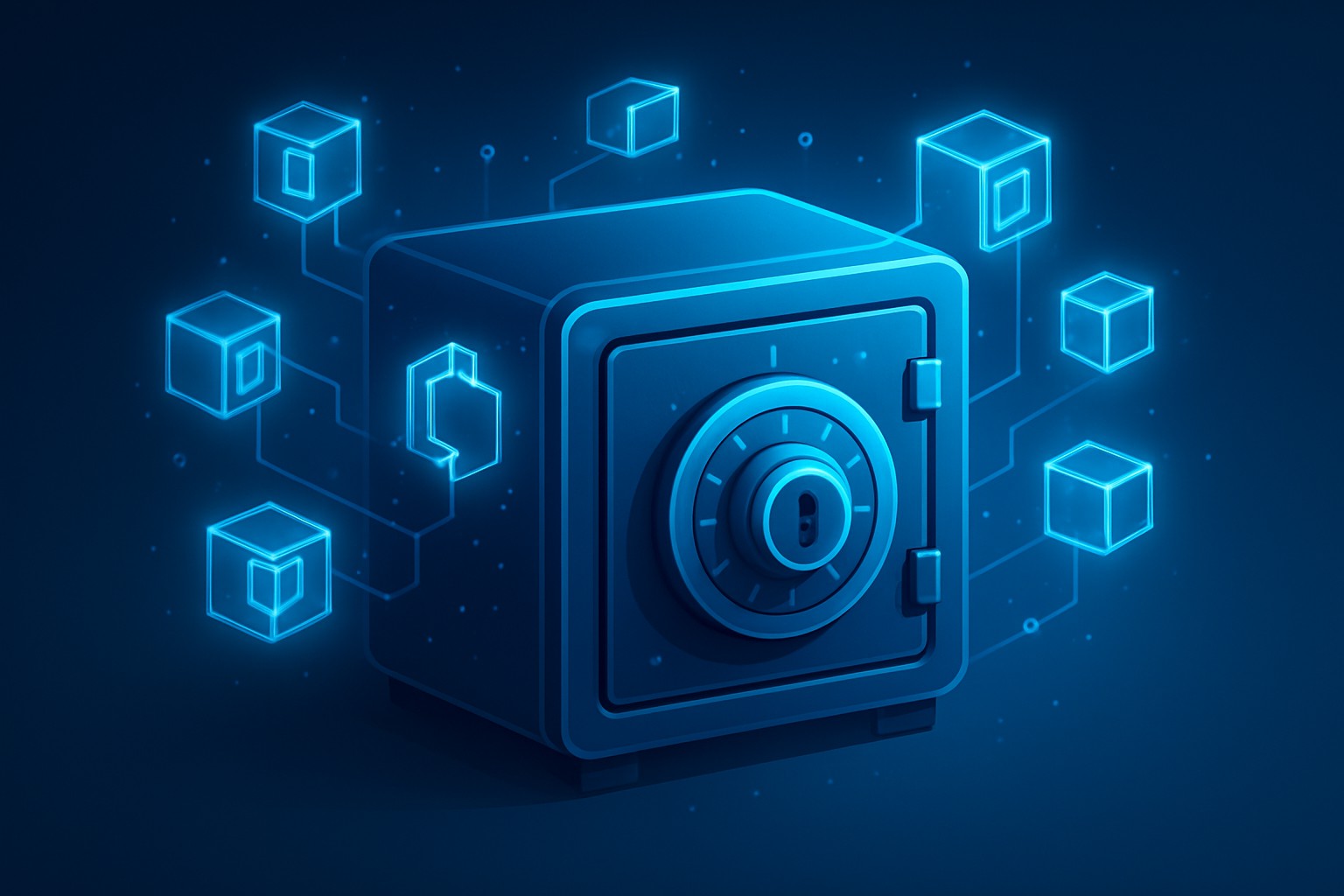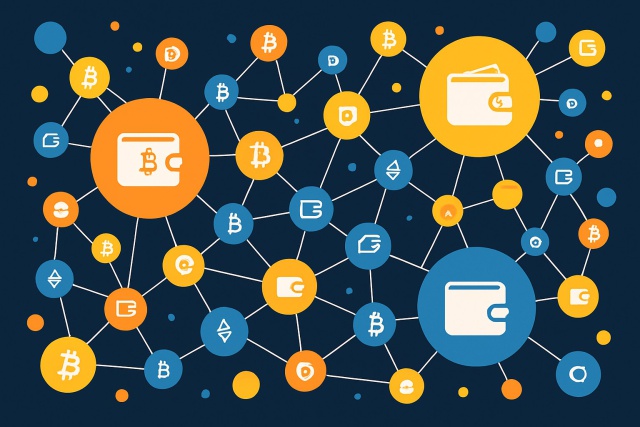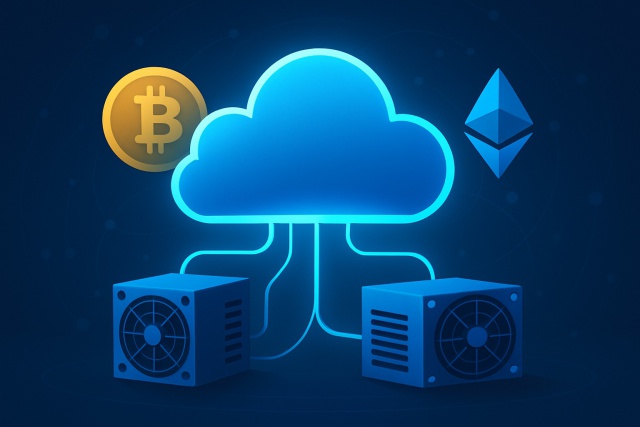Crypto Wallet Features That Affect Your Security


Crypto wallets are absolutely central when it comes to keeping your cryptocurrencies both safe and easy to handle. Getting a good grasp on how their security features tick can really boost your confidence in protecting those digital assets.
Different Types of Crypto Wallets and What They Really Mean for Your Security
Crypto wallets come in a variety of shapes and sizes, each juggling a somewhat delicate trade-off between user-friendliness and security. Hardware wallets offer a solid physical shield for your assets, while software and mobile wallets lean more toward making life easy and hassle-free.
- Hardware Wallets: These are physical gadgets that keep your private keys completely offline. They’re known for rock-solid security but aren’t the best choice if you move coins frequently. Think of them as the Fort Knox of wallets—very secure but a bit slow when you need quick access.
- Desktop Wallets: Software you install on your computer that gives you good control over your funds. However, if your device runs into trouble or gets infected with malware your wallet could be at risk.
- Mobile Wallets: Handy apps on your smartphone that offer convenience on the go. They balance user-friendliness with security but keep in mind mobile devices come with their own quirks and vulnerabilities.
- Web Wallets: Wallets you can access directly through your browser without downloads making them super easy to use. They are often targets for phishing scams and hacking attempts.
- Paper Wallets: Simple offline printouts of your private keys. They are quite safe from cyber attacks but be careful since they can easily get lost or damaged more than you might expect.
Private Key Management Security Perks and Risks
Keeping private keys under lock and key is absolutely important when it comes to the safety of any crypto wallet. Wallets usually lean on methods such as cold storage and encryption to keep these keys safe from prying eyes, though each method does come with its own quirks and vulnerabilities.
- Cold Storage: Keeps private keys offline to reduce hacking chances. However, you might scramble when you need quick access. Plus, there’s always that nagging worry about misplacing the keys—been there, done that.
- Hot Wallet Private Key Storage: Stashing keys on internet-connected devices lets you jump on transactions fast. But it’s like leaving the front door unlocked for malware and hackers if you’re not careful.
- Seed Phrase Backup: This makes bouncing back from a lost wallet easy as long as you guard that phrase with your life. Slip-ups can turn into a nightmare if the phrase falls into the wrong hands.
- Multi-Signature Security: Asking for several sign-offs before moving funds definitely ups security. On the flip side, managing this setup can get tangled, especially if you like things simple and straightforward.
Two-Factor Authentication (2FA) and Those Extra Layers of Security You Did not Know You Needed
Adding a second layer of security like 2FA can really help keep unauthorized access at bay. You have a handful of options to choose from, ranging from familiar SMS codes to high-tech biometric scans. Each option brings its own blend of convenience and protection.
- SMS-Based 2FA: This method is super easy to set up and pretty much everyone can use it but beware—it’s not bulletproof and can fall victim to sneaky SIM swapping or interception.
- Authenticator Apps: These gems generate time-sensitive codes right on your device and deliver a much stronger layer of security without depending on flaky cellular networks.
- Hardware Security Keys (e.g., YubiKey): These little physical tokens pack a punch and often stand firm against phishing attempts and remote attacks like a seasoned security guard.
- Biometric Authentication: Quick as a flash with fingerprints or facial recognition. If your biometric data ever leaks, it could spell serious trouble that lasts well beyond the initial breach.
Open Source vs Closed Source Wallets Getting to Grips with Transparency and Trust
Open source wallets give everyone a chance to peek under the hood and hunt for weak spots which boosts transparency and sparks improvements from the community’s collective brainpower. On the flip side, closed source wallets might be rigorously tested behind the curtain but don’t hand you the keys to take a closer look. Sometimes they leave security flaws or sneaky backdoors lurking in the shadows.
- Advantages of Open Source Wallets: They let the community dive into the code and often catch bugs before anyone else. This adds a layer of transparency everyone can appreciate.
- Security Issues with Closed Source Software: Since only the vendor has the keys to the code kingdom, users must hope the individuals behind it are playing fair and not hiding skeletons.
- Community Audits and Bug Fixes: Thanks to regular tweaks fueled by user input, open source wallets get better with age. They grow more reliable in a way that feels almost collaborative.
- Risks of Proprietary Software: Sometimes updates crawl at a snail’s pace and hidden backdoors lurk unnoticed, leaving users surprisingly vulnerable.
Backup and Recovery Features The Good, The Bad, and a Few Things to Keep in Mind
Reliable backup and recovery methods are your safety net, helping to keep users from losing access entirely. Common approaches like mnemonic phrases or encrypted backups each have their quirks and risks—think exposure to theft or just plain old accidental loss.
- Mnemonic/Seed Phrase Backups: These are very user-friendly and make restoring wallets easy but watch out—they can become a real Achilles’ heel if someone snaps a pic or you’re lax about storing them securely.
- Encrypted Digital Backups: They rely on passwords to keep unwanted guests at bay which is great but honestly their safety depends on how strong the encryption is.
- Cloud Backups: Convenient and offer extra copies but they also open the door wider for hackers if your data isn’t protected with proper encryption.
- Physical Paper Backups: You can’t hack a piece of paper but be careful—these old-school backups can still suffer damage, get lost, or be stolen if you’re not careful.
Striking the Right Balance in Crypto Wallet Features for User Experience and Security
Design choices that strike a balance between ease of use and security play a huge role in keeping wallets safe. Features that simplify tasks like automatic transaction signing boost convenience but can also create risks. Conversely, cranking up security often means a more complicated wallet experience and might lead users to slip up or throw in the towel.
- Automatic Transaction Signing: Speeds things up nicely but can accidentally give the green light if your device gets compromised. This is something to keep an eye on.
- Integrated Exchanges: More convenient but can expand risks by connecting multiple services, as too many cooks can spoil the broth.
- Simplified Backup Flows: Encourage users to back up their data but sometimes people might skip vital steps which isn’t ideal for security.
- Complicated Security Setups: Offer rock-solid protection but their complexity can easily overwhelm newcomers. This can lead to mistakes or make them want to throw in the towel.

Network Connectivity and the Subtle Security Risks That Lurk Whether You’re Online or Offline
Choosing between online and offline wallets shapes your security landscape. Hot wallets shine when you need to move funds quickly but carry the risk of online threats. Cold wallets keep your keys offline, giving you a sturdier shield. However, accessing your funds isn’t always easy.
- Hot Wallet Convenience vs Hacking Risks: Great for quick trades and easy access but is also a favorite target for malware and phishing scams.
- Cold Wallet Enhanced Security vs Accessibility Challenges: Keeps your assets snug and offline, offering peace of mind, though you must be hands-on for every transaction.
- Risks of Network-Based Attacks: Online wallets can fall victim to threats like man-in-the-middle attacks or DNS hijacking. Cold wallets usually avoid these issues.
How Community Support and Regular Updates Can Make or Break Your Wallet Security
A crypto wallet’s security usually gets a major boost when developers stay on the ball, actively maintaining it and rolling out frequent updates to nip vulnerabilities in the bud. At the same time, having a strong user community pitching in by reporting bugs and swapping handy tips really makes a difference.
- Importance of Software Updates: Jumping on updates as soon as they drop is a smart move—it patches up security holes and keeps you one step ahead of sneaky new threats popping up.
- Community Reporting of Vulnerabilities: It’s often the eagle-eyed community members who catch problems early, speeding along the whole bug-fixing process like a well-oiled machine.
- Risks from Obsolete Wallets: Wallets left gathering dust tend to open the door to attackers, as outdated software is just about an open invitation for trouble.
A Quick Rundown of Key Crypto Wallet Features That Really Impact Your Security
Frequently Asked Questions
Which type of crypto wallet is the most secure for long-term storage?
Hardware wallets usually take the cake for long-term storage since they keep your private keys offline and safe from online threats. That said, they’re not foolproof—handle them with care to avoid losing or damaging them. If you want to sleep easy, pair them with encrypted backups and stash your seed phrase somewhere secure.
Is two-factor authentication (2FA) really necessary for a crypto wallet?
Absolutely. 2FA is a smart move to cut down the chances of someone sneaking into your wallet. While SMS-based 2FA is easy and quick, authenticator apps or hardware keys like YubiKey offer stronger protection against phishing and SIM-swapping. If your wallet offers it, turning on 2FA is definitely worth the hassle.
Are open-source wallets safer than closed-source ones?
Open-source wallets get a thumbs up because the community can peek under the hood, boosting transparency and trust. They do rely on ongoing support from devs. Closed-source wallets have their own internal checks but don’t face the same public scrutiny. For safer bets, I’d lean towards well-known open-source wallets that are regularly updated and have a solid reputation.
What’s the safest way to back up my wallet’s seed phrase?
The gold standard is to keep your seed phrase offline on tough materials like metal plates and store copies in a few safe spots. Digital backups like photos or cloud storage are tempting but risky since they can be hacked. For extra peace of mind, split the phrase and store the parts separately so there’s no single point of failure if something goes wrong.
Can I use a hot wallet for daily transactions without compromising security?
Yes, but it’s wise to stash only a small amount of crypto in your hot wallet and make sure security features like 2FA and biometrics are turned on. Hot wallets shine for quick everyday transactions. You should move larger sums to a cold wallet for safer long-term storage and never mix the two without caution.
How often should I update my crypto wallet software?
It’s a good rule of thumb to update your wallet software as soon as new versions drop since updates usually patch important security holes. If you can, turn on automatic updates and stick to official sources like the vendor’s website or app store to avoid fake updates from phishing attempts.
Start Your Crypto Journey with Coinbase Today
Ready to enter the cryptocurrency market but unsure where to begin? Coinbase makes buying, selling, and storing digital assets simple and secure for beginners and experts alike.








